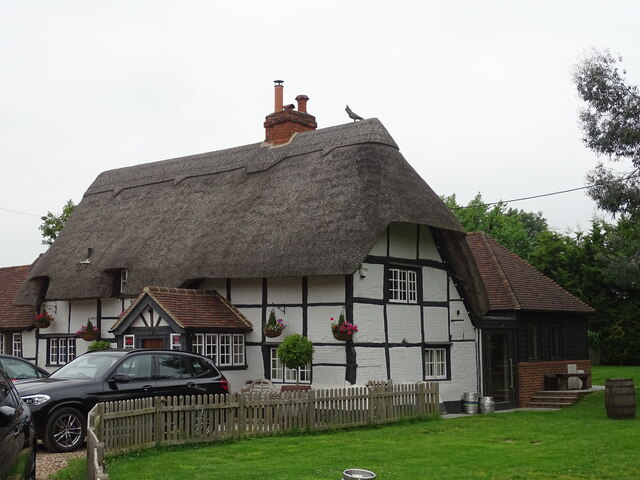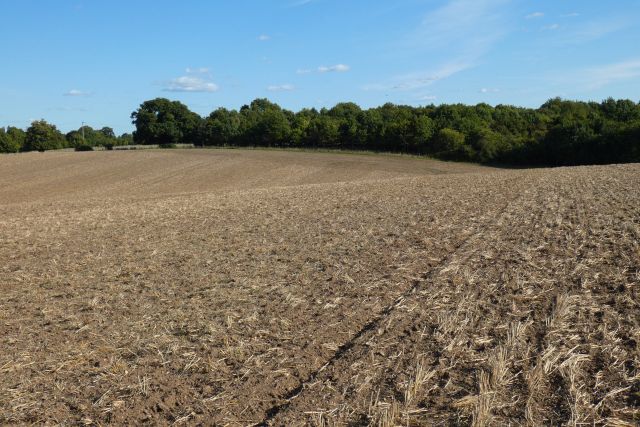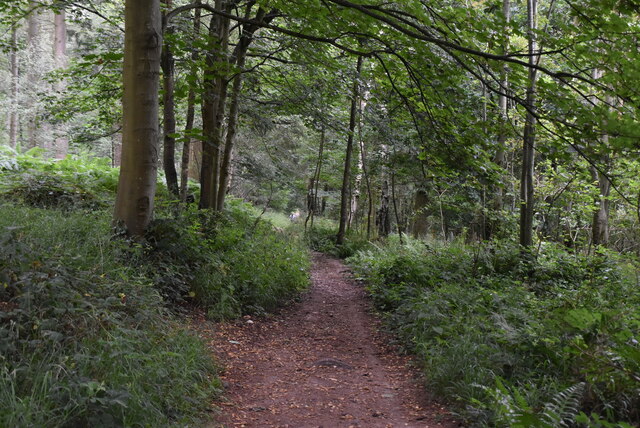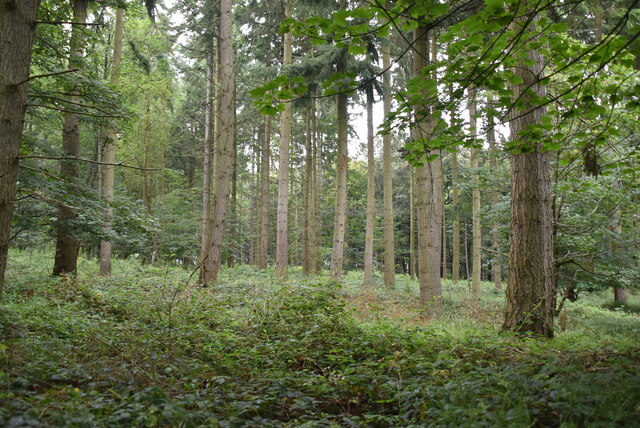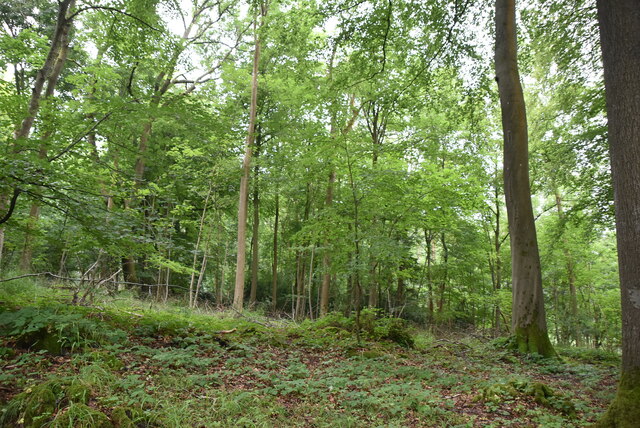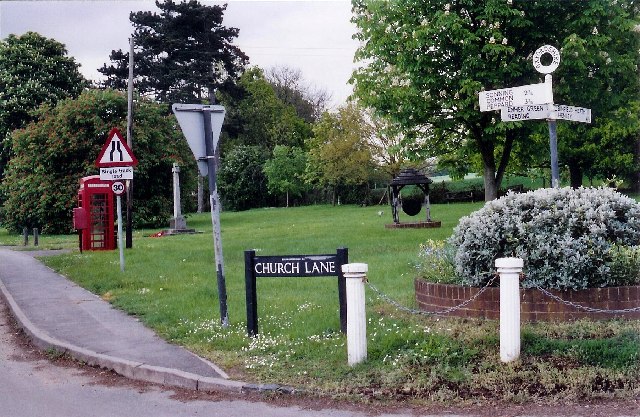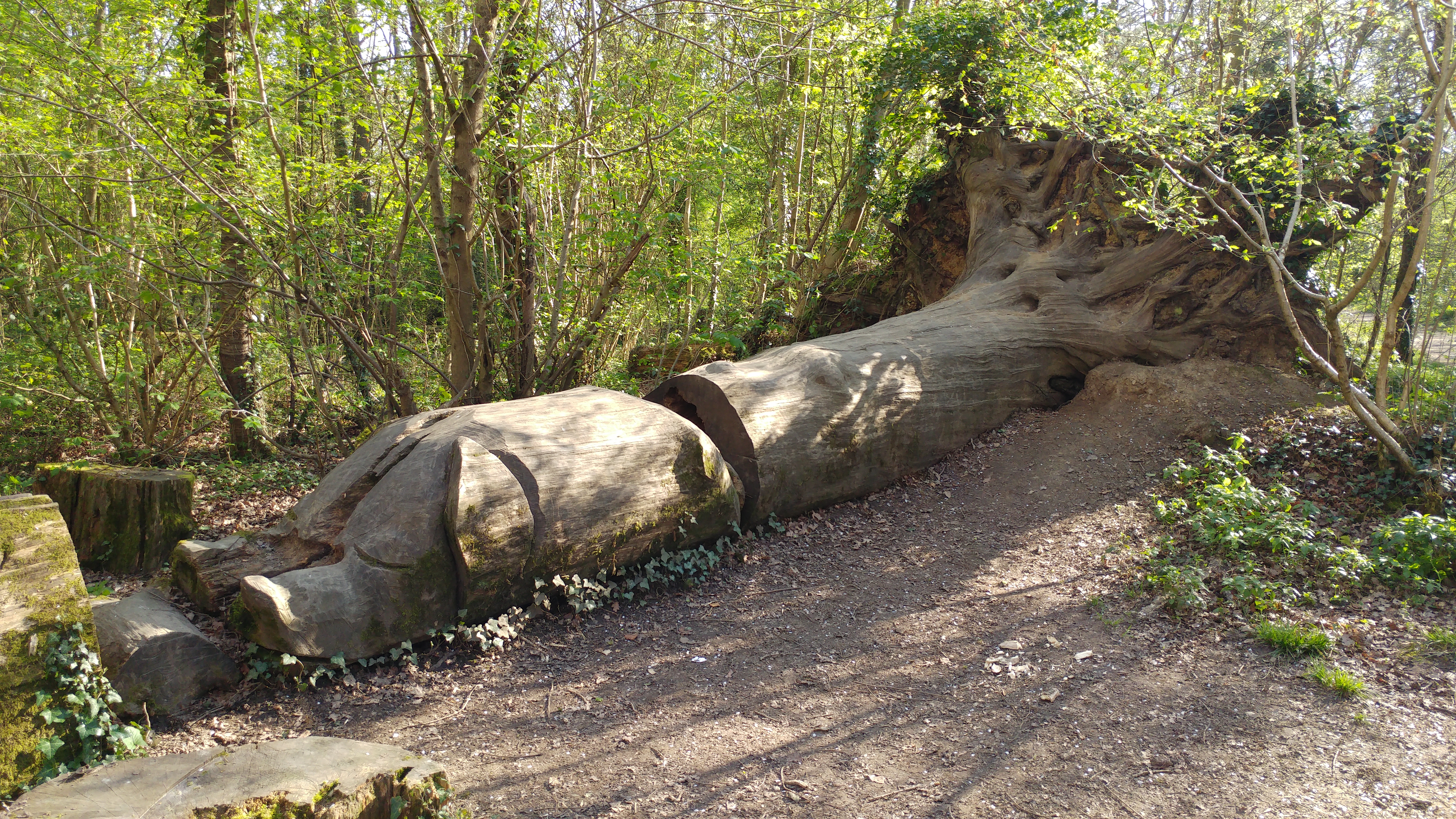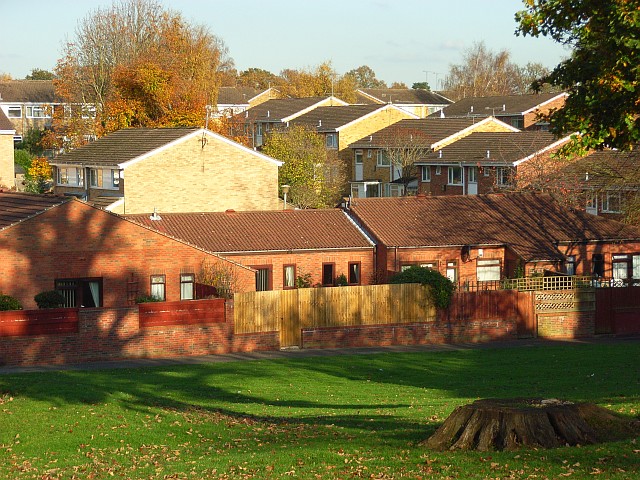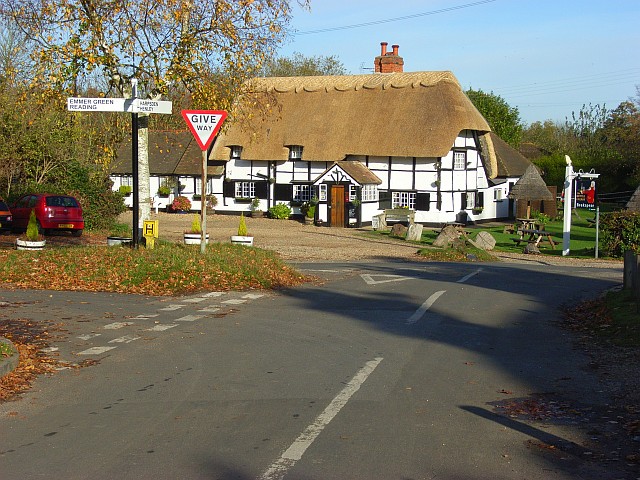Comp Wood
Wood, Forest in Oxfordshire South Oxfordshire
England
Comp Wood
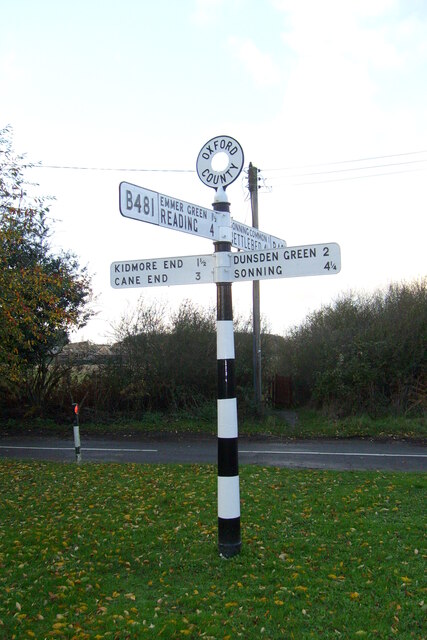
Comp Wood is a picturesque woodland located in Oxfordshire, England. Situated near the village of Wood, this forested area covers an expansive area of approximately 100 acres. It is renowned for its natural beauty, diverse flora and fauna, as well as its historical significance.
The woodland is characterized by a mix of deciduous and coniferous trees, including oak, beech, and pine. These trees provide a dense canopy that creates a tranquil and serene atmosphere. The forest floor is covered in a carpet of moss, ferns, and wildflowers, adding to the enchanting ambiance.
Comp Wood is home to a rich variety of wildlife. Visitors can spot native species such as deer, foxes, badgers, and various bird species. The woodland also provides a habitat for several rare and protected species, including the red kite and the dormouse.
The history of Comp Wood dates back centuries. It was originally part of a royal hunting ground and later became a timber source for local industries. Remnants of old charcoal pits and saw pits can still be found within the forest, serving as a reminder of its past.
Today, Comp Wood attracts nature enthusiasts, hikers, and photographers who come to explore its numerous walking trails and capture its natural beauty. The forest offers a peaceful retreat away from the hustle and bustle of city life, allowing visitors to reconnect with nature and enjoy the tranquility it provides.
In conclusion, Comp Wood, located in Oxfordshire, is a stunning forested area that offers a diverse range of flora and fauna, along with a rich historical background. It is a haven for nature lovers and a place of beauty and serenity.
If you have any feedback on the listing, please let us know in the comments section below.
Comp Wood Images
Images are sourced within 2km of 51.499194/-0.94757278 or Grid Reference SU7378. Thanks to Geograph Open Source API. All images are credited.

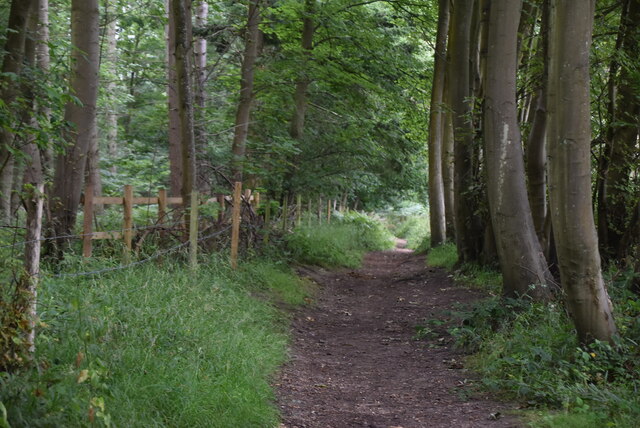



Comp Wood is located at Grid Ref: SU7378 (Lat: 51.499194, Lng: -0.94757278)
Administrative County: Oxfordshire
District: South Oxfordshire
Police Authority: Thames Valley
What 3 Words
///film.headed.castle. Near Sonning Common, Oxfordshire
Nearby Locations
Related Wikis
Dunsden Green
Dunsden Green or Dunsden is a village in the civil parish of Eye & Dunsden in the South Oxfordshire ward of Sonning Common, about 3 miles (5 km) northeast...
Reading Abbey R.F.C.
Reading Abbey R.F.C is an English rugby union club. Although the club is named after, and historically connected with, the Berkshire town of Reading, it...
Clayfield Copse
Clayfield Copse is a local nature reserve on the northern edge of the suburb of Caversham in Reading, UK. The site is 8.65 hectares (21.4 acres) in size...
Crowsley Park
Crowsley Park is a 160-acre (65 ha) country estate in South Oxfordshire, central-southern England, owned by the British Broadcasting Corporation (BBC)...
Emmer Green (Hanover) Chalk Mine
The Emmer Green (Hanover) Chalk Mine is an extensive abandoned subterranean chalk mine at Emmer Green, north of Reading in Berkshire, located just north...
Holmwood, Binfield Heath
Holmwood is a country house in the village of Binfield Heath in Oxfordshire, England. It is situated on Shiplake Row in the village of Binfield Heath near...
Caversham Park Village
Caversham Park Village is a suburb of Reading, England. It is entirely residential and associated with Emmer Green, which has the closest amenities — much...
Binfield Heath
Binfield Heath is a village and civil parish in South Oxfordshire, England, 2+1⁄2 miles (4 km) south-southwest of Henley-on-Thames and 3+1⁄2 miles (6 km...
Nearby Amenities
Located within 500m of 51.499194,-0.94757278Have you been to Comp Wood?
Leave your review of Comp Wood below (or comments, questions and feedback).

